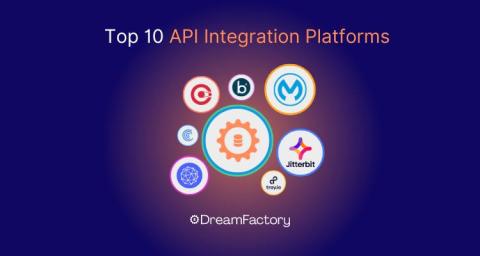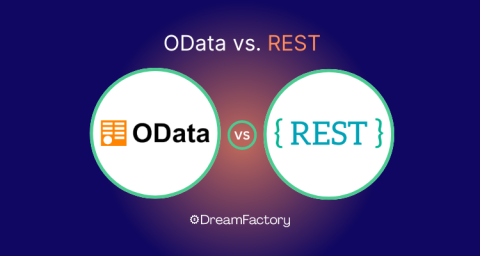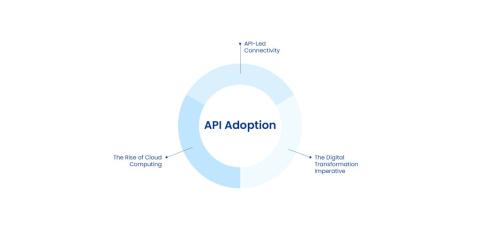Unparalleled Productivity: The Power of Cloudera Copilot for Cloudera Machine Learning
In the fast-evolving landscape of data science and machine learning, efficiency is not just desirable—it’s essential. Imagine a world where every data practitioner, from seasoned data scientists to budding developers, has an intelligent assistant at their fingertips. This assistant doesn’t just automate mundane tasks but understands the intricacies of your workflows, anticipates your needs, and dramatically enhances your productivity at every turn.













